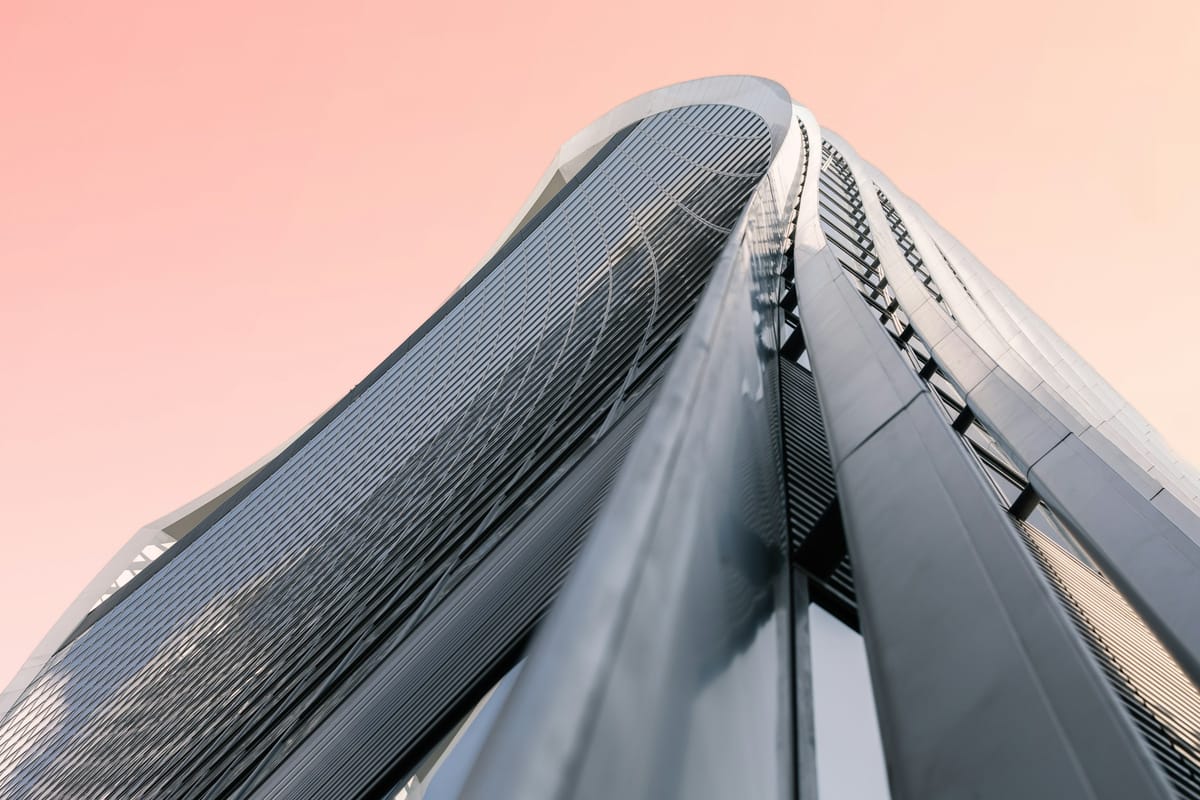An exploration of how sustainable architecture is shaping the future of building design, focusing on eco-friendly materials, energy efficiency, and innovative technologies that reduce environmental impact.
In an era where climate change and environmental concerns are at the forefront of global discourse, sustainable architecture has emerged as a vital movement within the design and construction industry. Architects and designers are reimagining buildings to be more than just structures; they're creating living entities that harmoniously interact with their surroundings. By incorporating eco-friendly materials, energy-efficient systems, and cutting-edge technologies, sustainable architecture is not only reducing environmental impact but also enhancing the quality of life for occupants.
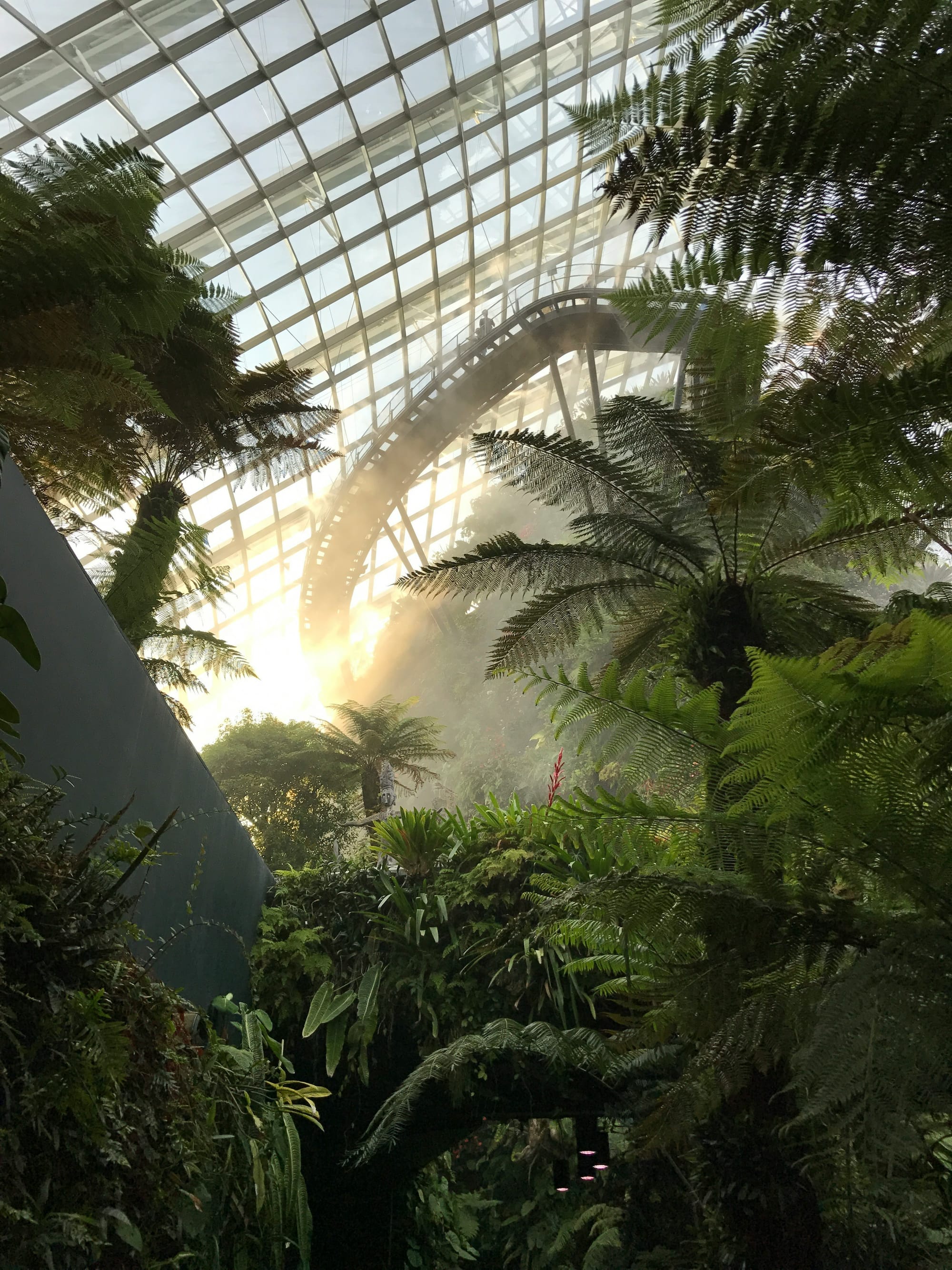
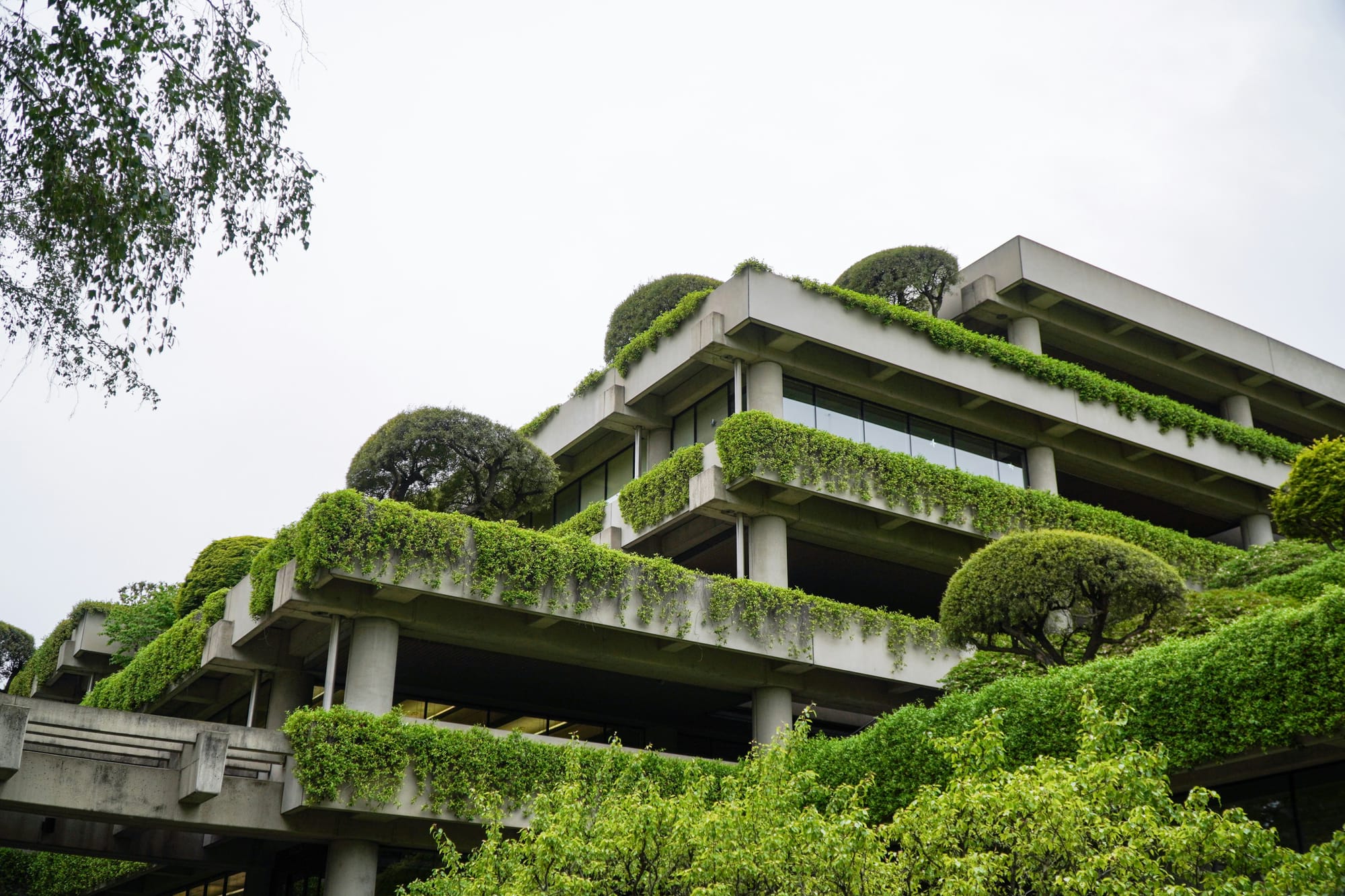
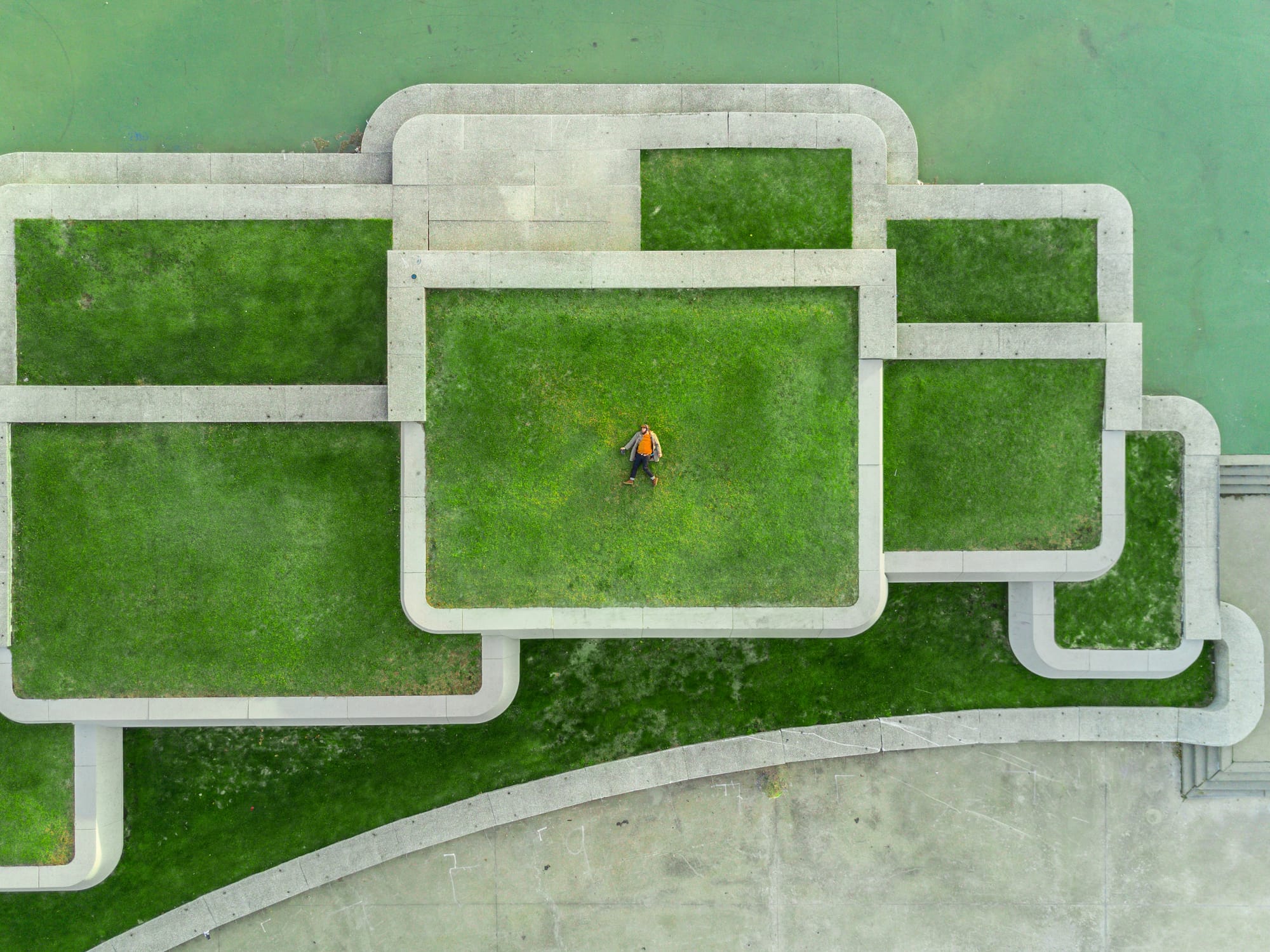
The Principles of Sustainable Architecture
Sustainable architecture is rooted in the philosophy of creating buildings that meet present needs without compromising the ability of future generations to meet theirs. This approach encompasses a holistic view of design, construction, operation, and even the eventual decommissioning of buildings.
"Designing sustainably is about more than ticking boxes for energy efficiency," says Laura Martinez, a leading sustainable architect at GreenBuild Associates. "It's about integrating buildings seamlessly into their ecosystems, respecting natural resources, and promoting well-being."
Key principles include:
- Energy Efficiency: Utilizing passive solar design, high-performance insulation, and energy-efficient appliances to reduce energy consumption.
- Renewable Energy Integration: Incorporating solar panels, wind turbines, or geothermal systems to generate clean energy on-site.
- Water Conservation: Implementing rainwater harvesting, greywater recycling, and low-flow fixtures to minimize water usage.
- Sustainable Materials: Choosing locally sourced, recycled, or renewable materials that have a lower environmental footprint.
- Indoor Environmental Quality: Enhancing natural lighting, ventilation, and using non-toxic materials to create healthier indoor environments.

Innovations Driving Sustainable Design
Advancements in technology and a growing awareness of environmental issues are propelling sustainable architecture forward. Innovations in materials, construction methods, and smart building systems are making eco-friendly designs more accessible and effective.
Eco-Friendly Materials and Construction Methods
New materials like cross-laminated timber (CLT), hempcrete, and recycled steel are gaining popularity for their sustainability and performance.
"Using CLT allows us to reduce carbon emissions significantly," explains Michael Chen, a structural engineer at EcoStructures Inc. "It's strong, renewable, and stores carbon throughout the building's life."
Prefabrication and modular construction techniques are also enhancing efficiency, reducing waste, and minimizing site disturbance.
Smart Building Technologies
Integration of Internet of Things (IoT) devices enables buildings to optimize energy usage, monitor environmental conditions, and adapt to occupants' needs.
"Smart systems can reduce energy consumption by up to 30%," notes Sarah Thompson, a sustainability consultant. "They learn from usage patterns and adjust heating, cooling, and lighting accordingly."
Biophilic Design
Incorporating natural elements into design enhances the connection between people and nature, promoting well-being and productivity.
"Biophilic design isn't just aesthetic; it's essential for human health," says Dr. Emily Hart, an environmental psychologist. "Access to natural light, plants, and views of nature reduces stress and improves cognitive function."
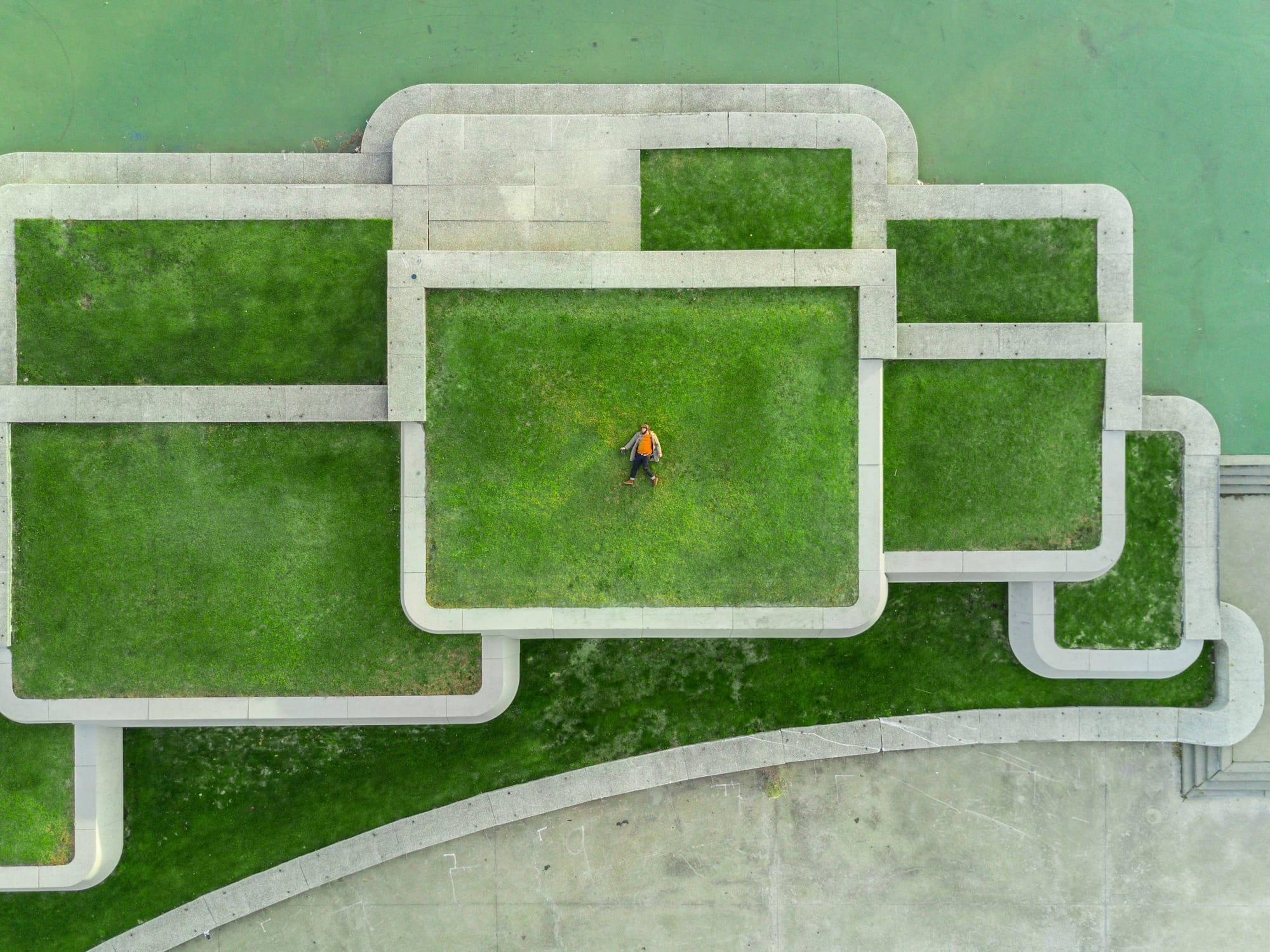
The Edge, Amsterdam
Often dubbed the "smartest building in the world," The Edge utilizes a combination of renewable energy, smart technology, and innovative design to achieve net-zero energy consumption.
"Every aspect of The Edge is designed for efficiency," explains Daniel Lee, one of the lead architects. "From solar panels to smart lighting systems, it's a model for future office buildings."
Bosco Verticale, Milan
These residential towers feature vertical forests with over 900 trees and 20,000 plants, integrating nature into urban living.
"Bosco Verticale redefines the relationship between nature and architecture," remarks architect Stefano Boeri. "It improves air quality, reduces noise pollution, and provides a unique living experience."
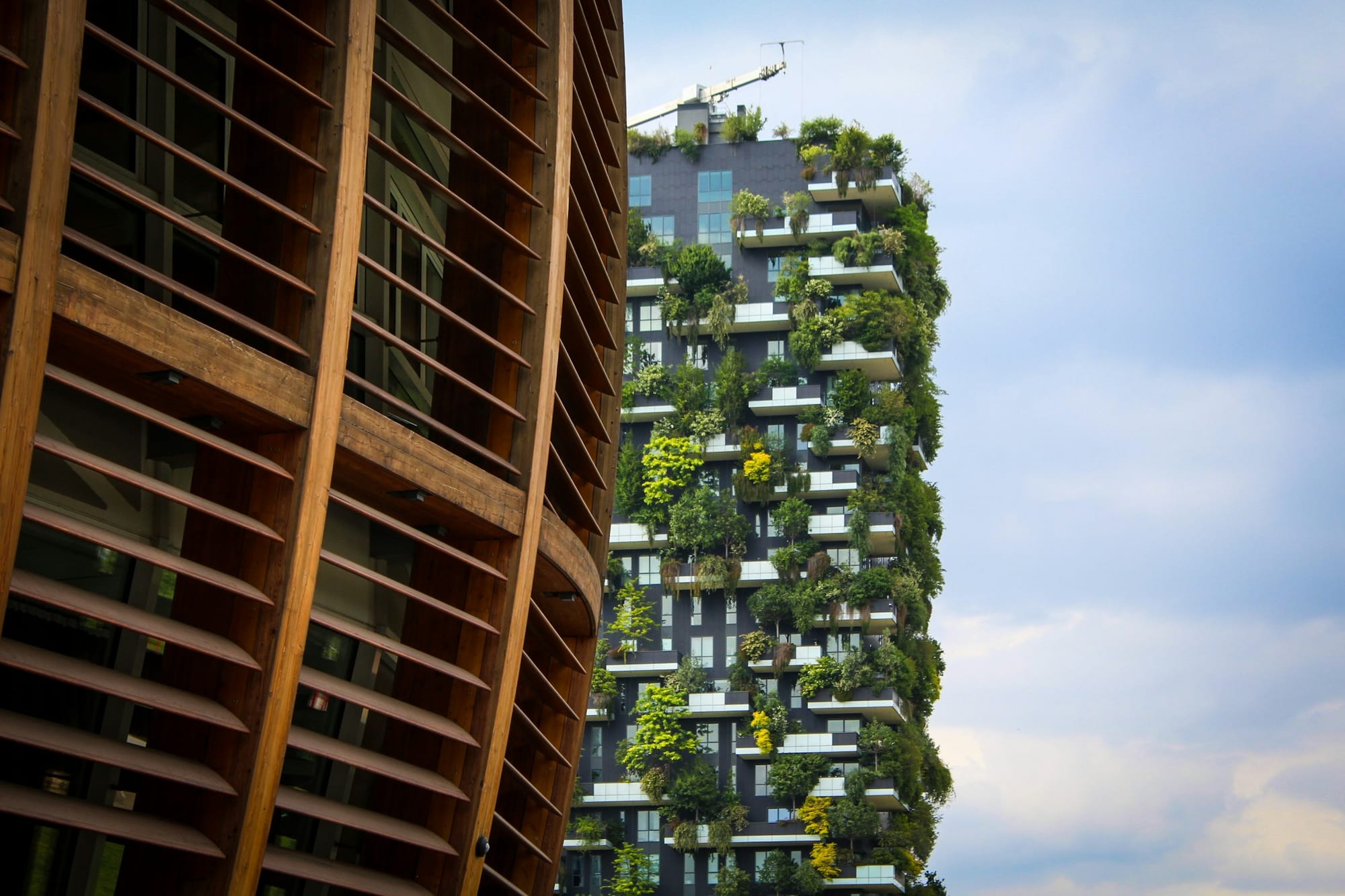
Bullitt Center, Seattle
Known as the "greenest commercial building," the Bullitt Center achieves net-positive energy and water use through solar panels, rainwater harvesting, and composting toilets.
"Designing the Bullitt Center was about pushing the boundaries of what's possible," says Denis Hayes, CEO of the Bullitt Foundation. "It's a living laboratory for sustainable practices."
Challenges and the Path Forward
While sustainable architecture offers immense benefits, it also faces challenges such as higher upfront costs, regulatory hurdles, and the need for specialized expertise.
"Initial investments can be a barrier," acknowledges Laura Martinez. "But considering life-cycle costs and environmental impact, sustainable buildings offer greater value in the long run."
Education and collaboration are key to overcoming these obstacles. Architects, engineers, policymakers, and communities must work together to promote sustainable practices.
"Building codes and incentives are evolving to support sustainable design," notes Sarah Thompson. "It's a collective effort that requires commitment at all levels."
Interview with Architect Daniel Lee
Q: What inspires you to focus on sustainable architecture?
A: "Sustainable architecture is not just a design choice; it's a responsibility. We're creating spaces that people inhabit daily, and it's imperative that these spaces contribute positively to both individuals and the planet."
Q: How do you integrate sustainability without compromising aesthetics?
A: "Sustainability and aesthetics are not mutually exclusive. In fact, eco-friendly materials and natural elements often enhance a building's beauty. The key is thoughtful design that considers both form and function."
Q: What advice do you have for aspiring architects?
A: "Stay curious and committed to learning. Sustainable architecture is a dynamic field with constant innovations. Embrace interdisciplinary collaboration and always consider the broader impact of your designs."
Conclusion
Sustainable architecture is redefining the future of building design. By embracing eco-friendly materials, energy-efficient technologies, and a holistic approach to construction, architects are creating structures that are not only visually stunning but also environmentally responsible.

